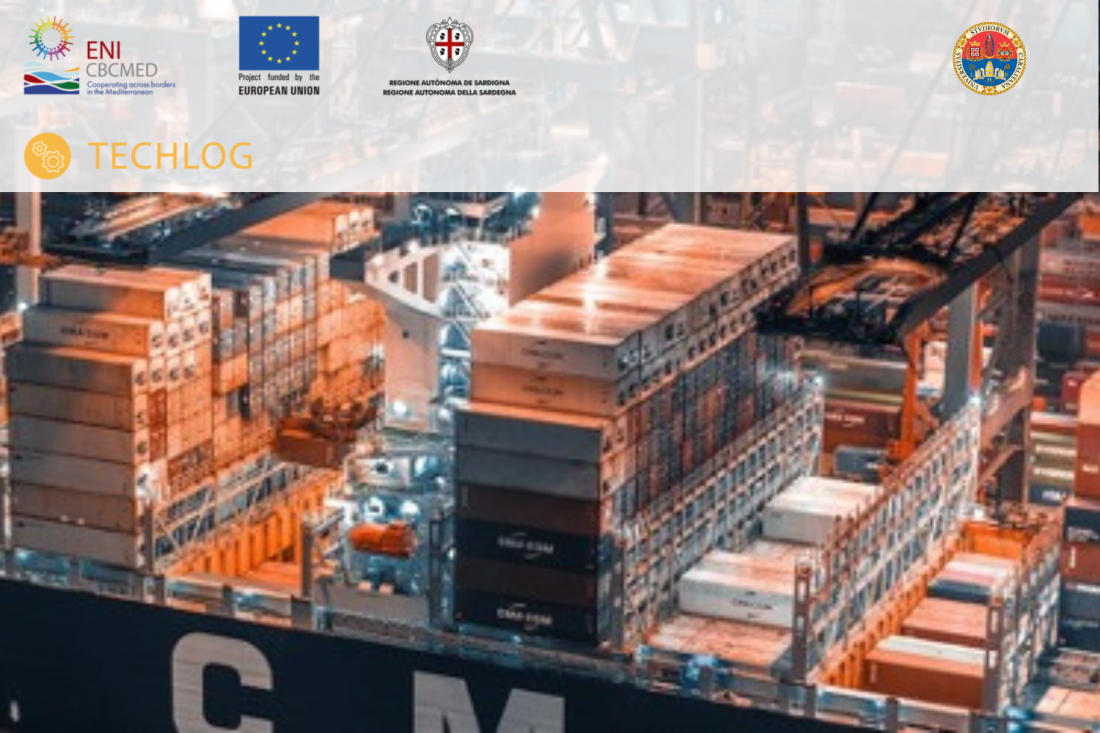TECHLOG Living Labs to Support Technology Transfer Between Research Centers and (trans)port Communities: Architecture and Key Figures

As readers may already know, the TECHLOG project has an ambitious goal: to strengthen research-industry links in the (trans)port sector by establishing a permanent cross-border EU-Med space where research organizations and (trans)port industries co-create, test and share new Technology Transfer Initiatives based on advanced simulation technologies.
One of the main objectives of the project, is the creation of two Living Labs to support technology transfer between research centers specialized in driving simulators and (trans)port communities.
A Living Lab (LL) is a user-centered, open-innovation ecosystem integrating research and innovation processes within a public-private-people partnership. The concept behind a LL is based on a systematic user co-creation approach integrating research and innovation processes.
The purpose of the LL is to stimulate innovation by transferring research from laboratories to real contexts where users are invited to cooperate with researchers and developers to contribute to the innovative process as a whole.
The TECHLOG project plan is to create two Living Lab:
-
Western Lab: it will be mainly animated by partners from Italy, Tunisia and Spain: University of Cagliari; Sfax Chamber of Commerce; University of Sfax; Chamber of Commerce, Industry, Crafts and Agriculture of Maremma and Tirreno; European School of Short Sea Shipping.
-
Eastern Lab, that will be mainly coordinated from Egypt and Lebanon by these project partners: Arab Academy for Science, Technology & Maritime Transport; Chamber of Commerce, Industry and Agriculture of Beirut & Mount Lebanon; CEEBA - Confederation of Egyptian European Business Associations.
The Labs will have a “virtual” part and a “physical” part both. The virtual part is formed by a web-based platform to support cooperation and exchanges of information and practices among the various innovation players. We previously described this platform in this article, so please refer to that content for further information.
The design of this platform has already started and will be released, in particular, exploiting the collaboration between the University of Cagliari, that defined features and Terms of Reference, and the Chamber of Commerce, Industry and Agriculture of Beirut & Mount Lebanon, that technically will develop, release and maintain the platform.
We really want to involve the readers in our challenging project: a Call for tenders for the realization of the platform is available and published in this website.
Following these general considerations, let us quickly define our main beneficiaries and the human resources that will work and animate the LL.
Who will benefit our Living Labs?
-
Economic operators in the port, transport and logistic sector;
-
EU-Med port and transport and institutions;
-
Port authorities;
-
Terminal operators;
-
Research subjects in the field of advanced simulation;
-
Dockworkers;
-
Truck drivers.
Who will work in our Living Labs?
-
IT maintenance manager of the platform. He/she will work to populate & animate this virtual area to support cooperation and exchanges, providing material, documents and “answers” to the users.
-
LL Coordinators (2, one for each Living Lab). He/she will be a communication expert & animator with an important role in managing the platform, interaction with animators and project partners.
-
LL Animators (6, one for each involved territory). They will organize and manage participation in the LL and facilitate the co-creation process.
-
LL Secretaries. They will work on administrative issues.
Do you identify yourself in the previous lists? Stay tuned and follow all of our updates on this website and our social media channels as TECHLOG develops something dynamic, interactive, collaborative and helpful for your business or organization!
But there’s more! We will dedicate a detailed article to better describe the role of these figures and, as stated before, TECHLOG really want to involve its readers in this collaborative project: our job opportunities to hire these human resources will be further published.









